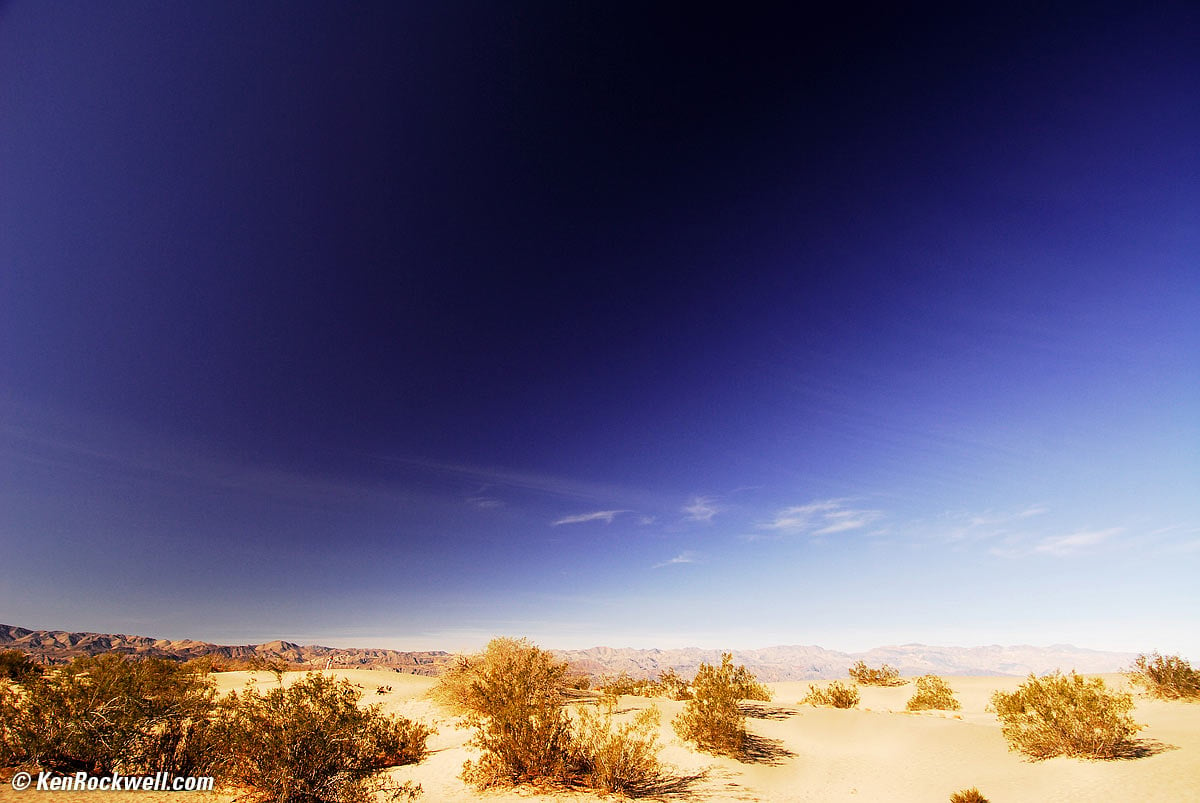Just thought I'd throw in my 2-cents worth. I was somewhat of an amateur photographer 40 years ago when 35mm SLR cameras where the "thing", back before the digital-age when you shot photos on film and had to pay for photo processing and pick up your prints.
This was one of the ways I was explained the effect of ND filters: The old SLR cameras had "f-stops" by which the "aperture" was manually adjusted. "Aperture" controlled how "big" or how "small" the lens opened when you snapped a picture. You wanted the lens to open "big" in low-light situations, and "small" in bright light situations. The lower the "f-stop" the bigger the lens opened when you snapped a picture.
Common "f-stops" where 1.4, 2.8, 5.6, 8, 11, and 16 (I think). So, if I was shooting indoors or in low-light, I'd use somewhere between 1.4 and 5.6. If I was in sunny snow or a day at the beach in bright sun, I'd use 16.
The Mavic Pro has a fixed "aperture" camera and it is 2.2 (I believe).
ND filters serve to "fool" the camera. When you use the ND 4, it makes the Mavic camera "think" it's aperture is "f-stop" 4. When you use the ND 8, the Mavic camera "thinks" its aperture is 8. And if you use the ND 16, the Mavic camera "thinks" its aperture is 16.
So, I fly and shoot a lot of "beach" and "water" stuff because I live in northeast Florida. I find that during summer mid-day, I use my ND 16 almost 100% of the time unless its cloudy. During the winter months the sun is a little lower on the horizon and less intense, so winter mid-day shoots I use ND 4.
When shooting "golden-hour" (the hour beginning at sunrise or the hour up to sunset), I then use various ND depending on what I'm shooting.
This is the explanation of an amateur. I'm a long way away from being a pro photographer.















